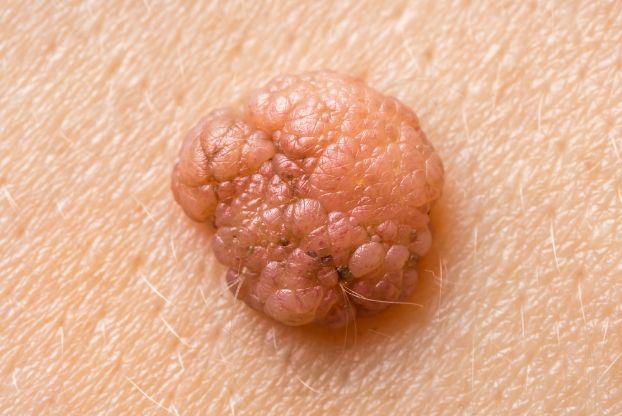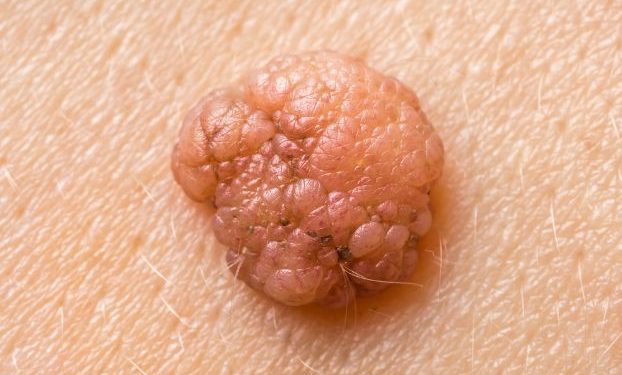Squamous cell carcinoma (SCC) occurs when cancer cells grow out of control. It usually starts as a bump, wart, scar or other growth on the skin or lips. These abnormal areas may feel rough or scaly, crust over like a scab, and bleed. They can also itch or hurt and get bigger over time. Some types of SCC can also spread to other parts of the body, known as metastasis. Most squamous cell carcinomas are cured if they are treated early and properly.
Some things increase your risk for squamous cell carcinoma, such as too much sun exposure or using a tanning bed. Having a history of precancerous skin lesions, such as actinic keratosis or Bowen’s disease, is also a risk factor.
You can help prevent squamous cell carcinoma by protecting your skin from the sun and getting regular screenings. This includes seeing a doctor if you notice any unusual changes in a mole, or if it grows, bleeds or becomes red or thick. You should also avoid tanning beds, and if you are at high risk, take vitamin B3, called nicotinamide, to reduce your chance of developing precancerous or cancerous skin conditions.
Most squamous cell carcinomas develop on the skin, but they can also appear in the mouth, nose or ears, and on the legs, arms or hands. They can often be identified by a rough or scaly patch of skin, which can be red, pink, purple, blue or white. Sometimes they look like a sore, wound or ulcer that won’t heal, and they might bleed or turn black. Other signs of SCC include a lump that is painful and tender, or a swollen lymph node in the neck.

Your doctor can diagnose squamous cell carcinoma by taking a small sample of the abnormal growth, or biopsy, and looking at it under a microscope to see if cancer cells are present. If they are, your doctor will usually recommend treatment.
Treatment options vary depending on where the squamous cell carcinoma is, how far it has spread (stage of the cancer) and your age and general health. Treatments include surgery, radiation and chemotherapy.
Surgery is typically the first treatment used to treat squamous cell carcinoma. This can involve simple excision or a technique called Mohs surgery, which is a specific type of excision that is designed to preserve as much normal tissue as possible. Mohs surgery involves removing the cancerous area layer by layer and checking each section under a microscope until no cancer cells are found. It is often recommended for larger growths, those that are more likely to recur or those located on the face.
Radiation therapy may be an option for squamous cell carcinoma that has not spread beyond the skin, or if it is too large to remove surgically. This is a treatment that uses high-energy radiation to destroy cancerous cells and nearby tissue. It can be given orally or intravenously. Chemotherapy can be an option if radiation doesn’t work, or if the cancer has returned after being treated with other methods. It works by killing cancer cells that have not yet responded to other treatments.









